4 Basic Principles of Inbound Marketing
For several years now, I have been a believer in the power of Inbound Marketing, although, like many people, I didn’t completely understand it. Sure, I had some experience with it. My career thus far has included the sale of, among other things, yellow pages, PPC, websites and online daily deals. However, I had yet to work for a company that truly embraced and understood the influence of Inbound Marketing. Enter, BlinkJar!
I’ve been a member of the BlinkJar Media team for about a month now, and yet I have learned more about Inbound in that short amount of time than in five years with other companies. What’s the difference? BlinkJar’s primary focus is on understanding and implementing successful Inbound Marketing techniques as part of an overall marketing program. Gone are the days where I continually had to position the same one-size-fits-all products to my clients. Here, there is an understanding of how different facets of marketing can complement each other for optimal results.
I’ll admit that I felt a bit overwhelmed at first. I only thought I knew about best practices for successfully marketing a business online. I knew what SEO was. I understood the basics of keywords and how those could help you show up on Google. I realized where the paid ads were located versus organic search results. I even had a fairly in-depth knowledge of the importance of a strong Social Media presence. What I didn’t realize was how much I did NOT know!
Inbound Marketing is vast and constantly evolving. Keeping up with the changes in Google’s algorithms alone keeps marketers and business owners on their toes. There is far more involved than bidding on keywords and operating a Facebook page. If you aren’t implementing some basic best practices, chances are, you aren’t generating qualified leads either. Thanks to BlinkJar and our partnership with Hubspot, I’m learning more and more about what truly makes a difference for businesses online. As time goes by, searchers and search engines are becoming far more skillful at locating truly useful results. Now, I know the necessity of relevant content and how to apply it most efficiently. I’ve seen how creating an engaging online user experience can convert leads to customers.
Admittedly, I still have much to learn. However, I can break down the bulk of my education so far into 4 basic principles of Inbound Marketing. These fairly basic rules can be easily implemented by anyone, including those who are just now stepping into the Inbound Marketing arena. If you are like me, and this is somewhat new to you, you’ll find these to be useful.
For the sake of convenience, each of these principles has been detailed for you in the free download that is linked below. Topics covered include:
- Content
- Search Engine Optimization vs. Customer Experience Optimization
- Inbound Links
- Social Media
All you have to do is click the button at the end of this blog. Of course, if you read through them and find that you want to learn more (trust me…there’s a lot more to it), take the time to delve deeper into our website. BlinkJar Media is always here to lend a hand in the oftentimes confusing world of marketing!









